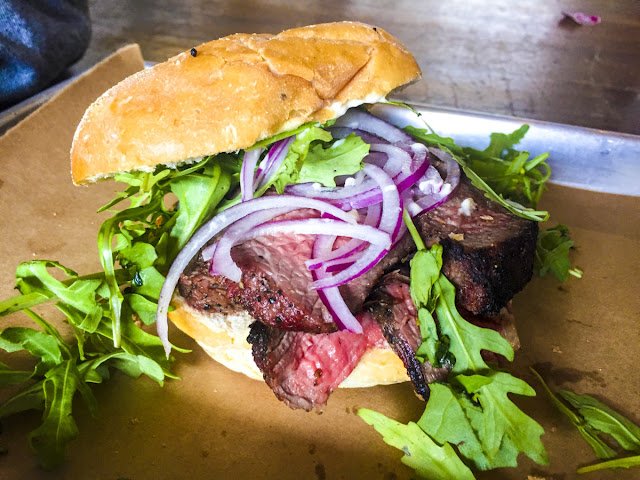 |
The two residential towers in the Dogpatch will now have eight
below-market-rate-units,
instead of the 17 originally proposed.
(Courtesy SF Planning) |
By
Michael Barba via
SF Examiner
The developer of two residential towers in the Dogpatch will build
less than half of the affordable housing units originally planned for
the site because of rising construction costs in San Francisco,
according to an attorney for the company.
The Planning Commission first approved plans for the seven-story
towers at Third and 19th streets in January 2016. The proposal included
92 market-rate units, 17 below-market rate units and ground-floor
retail.
Developer Align Real Estate proposed scrapping the on-site affordable
housing units entirely earlier this month and instead paying nearly
$11.5 million to the Mayor’s Office of Housing and Community Development
in lieu of on-site units.
“The bottom line is the construction costs are starting to drive
projects crazy,” Andrew Junius, an attorney representing the developer,
told the Planning Commission last Thursday. “These kinds of solutions
are necessary.”
But the developer has since agreed to reduce the number of
below-market-rate units to eight and pay the remaining fees — likely
several million dollars — to MOHCD under a compromise with Supervisor
Malia Cohen.
“This is a balanced compromise that acknowledges the rising
construction fees in our city but also ensures we continue to grow the
diversity that shape and define our neighborhoods in The City,
especially in the southeastern neighborhoods,” Cohen’s aide Yoyo Chan
told the commission.
The Planning Commission allowed the project to move forward under the compromise.
Under current inclusionary housing requirements, the developer could
have paid nearly $11.5 million in lieu of building on-site or built 19
below-market-rate units on site.
Mc Allen, a member of the Dogpatch Neighborhood Association, said at
the meeting that the group pulled its support for the project after
learning of the change in affordable housing.
“We really want to see it happen, but we feel that the thing that was
greatest about this project is that it was going to bring an
opportunity for … families who otherwise would not have an opportunity
to come to our neighborhood,” Allen said. “When we learned of this
modification, we were immediately opposed to it.”
Though developers are allowed to choose their preferred option when
it comes to inclusionary housing requirements, there is debate over
which is better.
Planning Commissioner Kathrin Moore said the commission favors
on-site affordable housing “in order to foster and continue the
diversity of neighborhoods.”
Planning Commissioner Christine Johnson said that MOHCD, which uses
in-lieu fees to build affordable housing around San Francisco, is
“funding challenged due to the recent push for on-site.”
“On the other side of that, there are good reasons that where
neighborhoods are accepting a lot of new development, the income
diversity in those buildings is going to come from having on-site,”
Johnson said.
Align Real Estate is also increasing the number of on-site units from 109 to 114 under the latest plans.
Editor’s Note: This story has been updated from its original version.






















